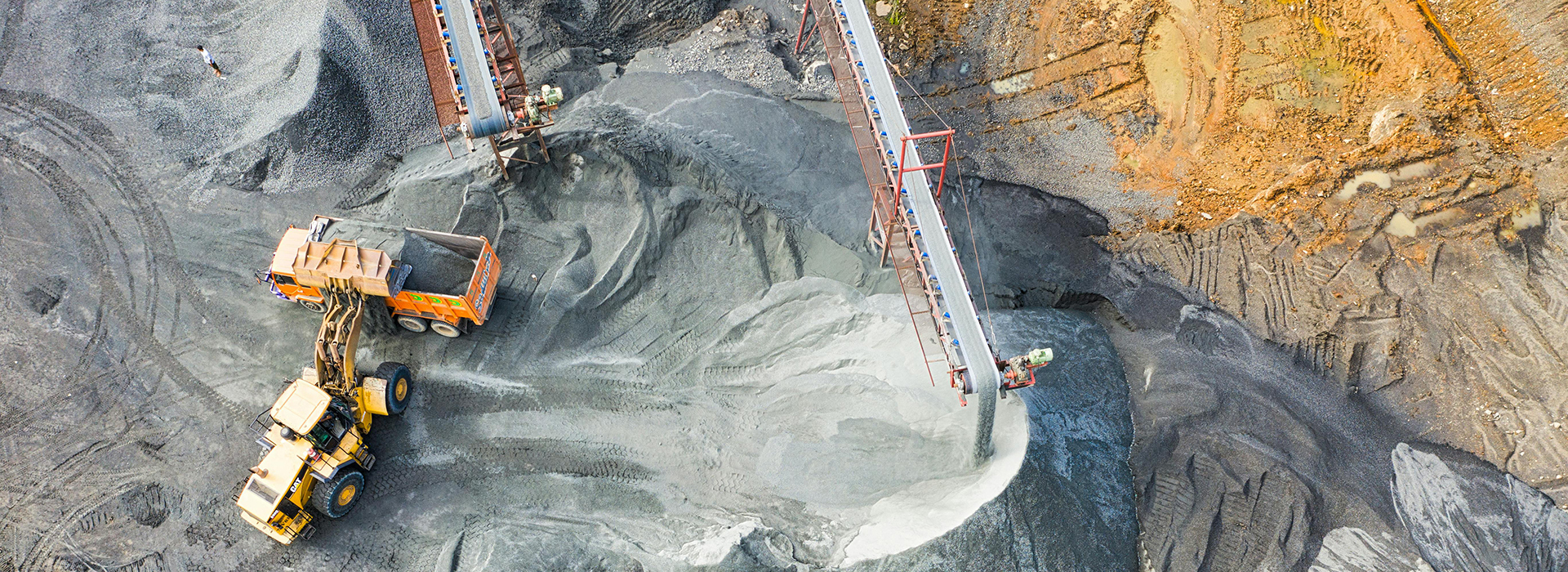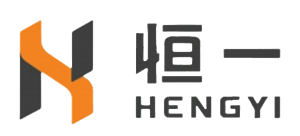
How to Buy a Conveyor Belt?
2025-10-28 15:21When you want to buy a conveyor belt, first learn about your work. Pick a belt that matches your materials and space. Some buyers make mistakes. They forget about bulk material properties. They only think about the first price. They do not check if the belt fits their space. You should think about how well the belt works over time. You should also think about how long it will last. Write down what you need. Look at different choices. Check suppliers closely. Do not rush. Get all the facts before you decide.
Key Takeaways
Know what you need before you buy. Think about what you will move and where the belt will work.
Pick the best material for your conveyor belt. PVC, rubber, and modular plastic each have special uses.
Look at different suppliers closely. Check for good quality, strong belts, and help after you buy. This helps you get the most for your money.
Ask suppliers for full price quotes. Give them clear details about what you need so prices are correct.
Look at the conveyor belt when it arrives. Make sure there is no damage and it matches what you asked for before you set it up.
Identify your needs
Before you buy a conveyor belt, you need to understand your requirements. This step helps you avoid costly mistakes and ensures the belt fits your operation.
Application
Start by thinking about how you will use the conveyor belt. Ask yourself these questions:
What products will move on the belt? Check their weight, size, and texture.
Will the belt handle wet, sticky, or oily items?
Which part of your process will use the belt—cutting, packaging, or something else?
Does the belt need to move items straight, around curves, or up an incline?
Tip: Write down your answers. This list will help you explain your needs to suppliers.
Material
The material of your conveyor belt affects how well it works and how long it lasts. Here are some common choices:
PVC works well for general food handling and costs less.
Rubber gives strong grip and lasts longer with heavy or oily products.
Plastic modular belts are easy to clean and good for small items.
Urethane resists cuts and tears, making it strong for tough jobs.
Wire mesh lets air flow through, which is great for cooling or draining.
Monolithic belts have a smooth surface that keeps food safe and clean. Modular plastic belts can be changed to fit different jobs.
Size & capacity
Measure the space where you will install the belt. Know the width and length you need. Think about how much weight the belt must carry at one time. If you choose the wrong size, the belt may not work well or could break.
Environment
Look at where you will use the conveyor belt. Outdoor belts face sun, rain, and temperature changes. Sunlight can make rubber brittle. Heat dries out materials. Cold can make them crack. Humidity and moisture can cause rust or make the belt stretch. If you use chemicals, they might damage the belt. Choose a belt that can handle these conditions.
Note: The right belt for your environment will last longer and need less repair.
Conveyor belt types
Picking the right conveyor belt type helps you move things safely. Each type is best for certain jobs and places. You should know the main types before you buy a conveyor belt.
Flat
Flat conveyor belts are used the most. You see them in packaging and sorting lines. They work well for materials that pile up steeply. Flat belts are good for light or medium loads. They cost less at first. But they do not work well for heavy or sloped loads.
Tip: Flat belts are simple and easy to fix. But you might need another type for hard jobs.
Modular
Modular conveyor belts use plastic pieces that snap together. You can clean them fast and fix broken parts. These belts are used in food, biscuit, and chemical factories.
Food factories use modular belts to keep food clean.
Biscuit factories use them to cool and move goods.
Chemical plants pick modular belts because they resist chemicals.
Cooling systems use modular belts in cold places.
You can change or fix a modular belt quickly.
Cleated
Cleated conveyor belts have raised parts called cleats. Cleats hold things in place. You use them to move items up steep slopes or stop things from rolling back.
Cleated belts help move things faster and more accurately.
You see them in farming, mining, shipping, and food factories.
These belts move things up to 25% faster than flat belts.
Cleats let you use steeper slopes and stop roll-back.
Cleated belts help sort and press things in medicine factories.
Specialty
Specialty conveyor belts are for tough jobs. You need them for high heat or strong chemicals.
Heat-resistant belts keep working in hot places. Regular belts can crack or lose shape from heat or chemicals. Silicone and PTFE belts protect better for baking and freezing.
Note: Specialty belts cost more, but they last longer in hard jobs.
Steps to buy a conveyor belt
Compare suppliers
When you want to buy a conveyor belt, start by looking at different suppliers. Not every supplier gives the same quality or service. You need to see what each one offers and if they are trustworthy. Use the table below to help you check important things:
You should also see how fast each supplier can send the belt. Some can ship gravity conveyor orders in 3 days. Powered conveyor orders may take up to 5 days. Custom belts can take 4 to 8 weeks. If you need a belt soon, ask about delivery times before you choose.
Tip: Ask about warranty and help after you buy. Some companies give a two-year warranty and good support, which can help you later.
Request quotes
After you compare suppliers, ask them for prices. Give clear and full details to get the right price. When you ask for a quote, include these things:
The width and length of the conveyor.
The type and size of things you will move.
The weight and color of your products.
The speed you want for the conveyor.
The type and size of the motor.
The total weight the belt will carry.
How many hours each day you will use the conveyor.
If you need the belt to go both ways.
The place where you will use the belt (hot, cold, wet, or with chemicals).
Any special features or custom things you want.
You should also tell them about what happens before and after the conveyor. This helps suppliers know your whole system and give better advice. If you want a special paint color or a different drive, say so in your request.
Note: The more details you give, the better your price will match what you need.
Evaluate offers
When you get prices, look at each offer carefully. Do not just look at the price. Check what each supplier gives you. Use this checklist to help you:
Conveyor belt type and material.
What you need the belt to do.
How much weight it can hold.
Where you will use it (hot, cold, chemicals, wet).
How often you need to fix it and how long it will last.
If it meets safety or industry rules.
Warranty and help after you buy.
Some suppliers give extra help, like project management, fixing, or technical support. These can help your conveyor work better. You should also check shipping and delivery times. For example, common belt sizes may come in 3 to 7 days, but custom belts can take up to 8 weeks.
Tip: Ask about the total cost, not just the first price. Fixing and replacing the belt can cost more over time.
